Fred, On Film: An Interview With Albert Hammond Jr, Silken Weinberg, and Angela Ricciardi
Music — 13.07.23
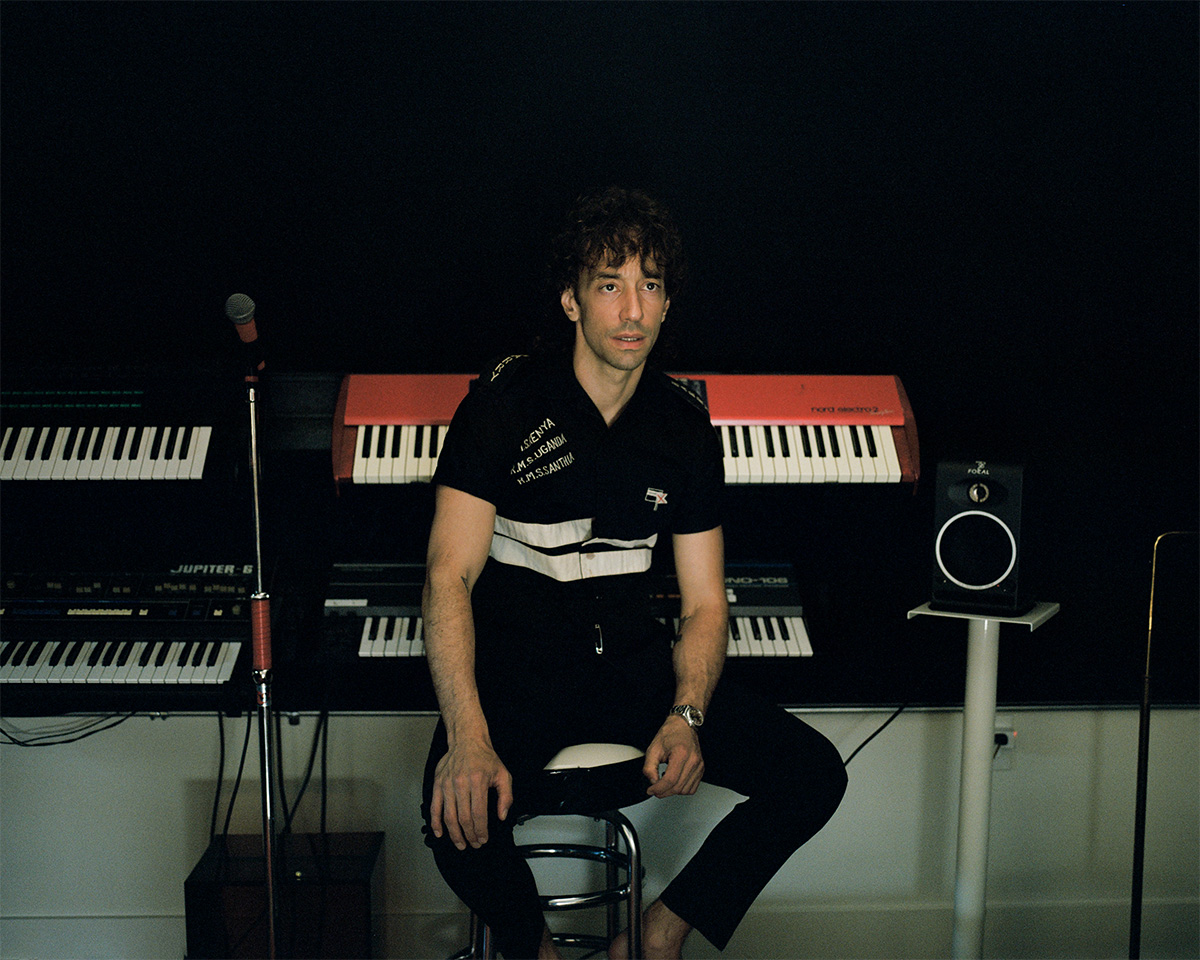 After 20-plus years in the biz, Strokes guitarist Albert Hammond Jr has literally seen and done it all, but his fans have never quite experienced him inhabiting a character quite like the way he does in a series of five new videos conceived and directed by the duo of Angela Ricciardi and Silken Weinberg.
After 20-plus years in the biz, Strokes guitarist Albert Hammond Jr has literally seen and done it all, but his fans have never quite experienced him inhabiting a character quite like the way he does in a series of five new videos conceived and directed by the duo of Angela Ricciardi and Silken Weinberg.
The clips for “100-99”, “Old Man”, “Memo of Hate”, “One Chance”, and “818” are all drawn from Hammond Jr’s just-released fifth solo album, the 19-track Melodies on Hiatus, and together form a narrative which extends its themes of aging, imperfect relationships, and the strings so often attached to meaningful human engagement.
Shot in Los Angeles during an intense two-day period this spring, the video stars Hammond Jr as a mysterious, hard-drinking musician who has a few too many at the bar, gets conned in a high-stakes poker game, and has the stuffing beat out of him afterward. Bruised and woozy, and having just wielded his guitar as a weapon, he still manages to achieve redemption of sorts under the bright stage lights as the camera slowly recedes.
We spoke with Hammond Jr, Ricciardi, and Weinberg about their creative chemistry, the perils of breakaway glass, and the joys of impromptu air guitar solos.
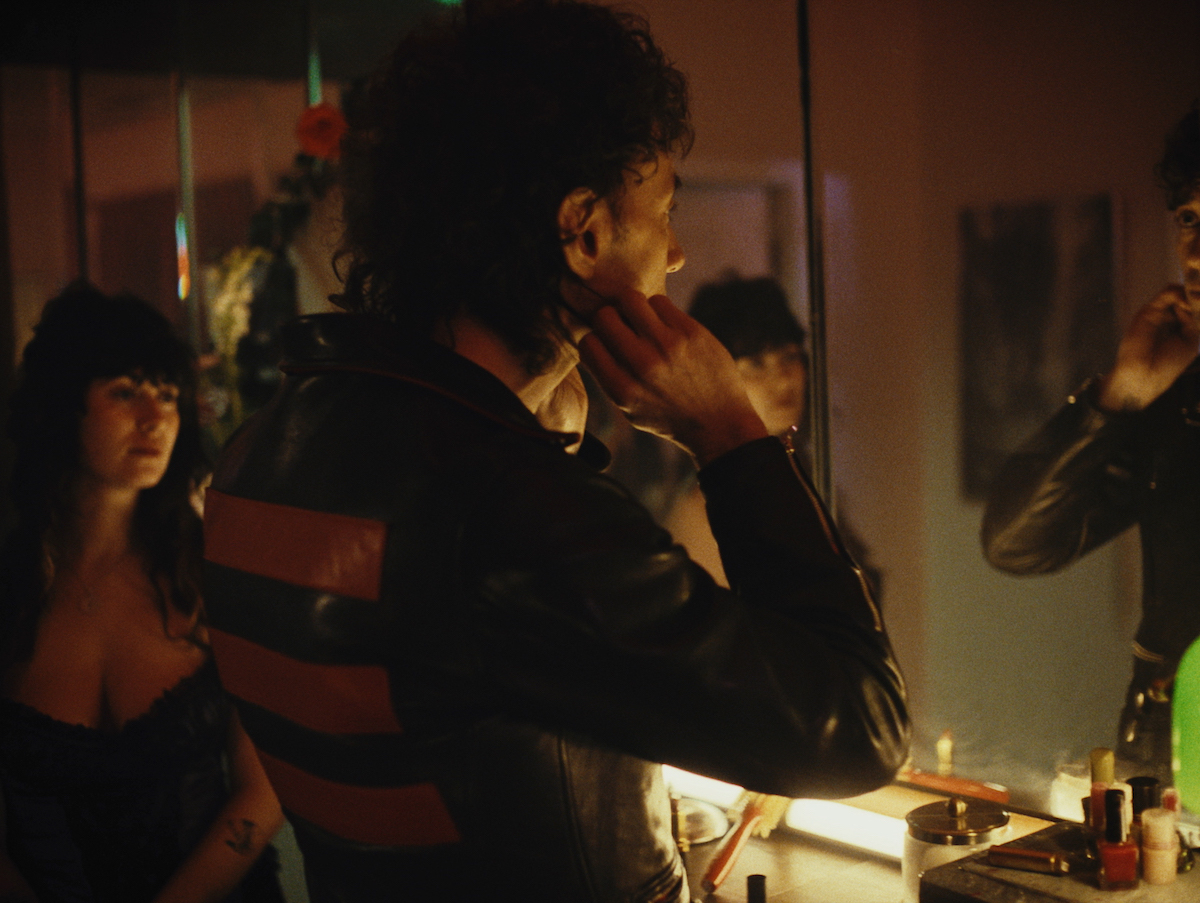
With 19 songs to choose from, how did you decide which five to illustrate? Did this grouping just seem to fit best together?
Hammond Jr: No. I mean, up until the last minute, I was calling them and saying, what about these two instead of these two?
Weinberg: It started out at five, and then it went to three, and then back to five.
Ricciardi: Different combinations of the songs just clicked better than others in terms of the overall narrative. For example, we moved “One Chance” around a bunch. At one point, that was going to be the poker game and it was going to be a different scene at another moment. Then we were like, no, this has to be the fight song. It only makes sense.
Weinberg: The thing was, how do we make five in two days? We just got really ambitious, but we were thinking of everything in terms of simplicity. “818” and “Memo of Hate” are technically one-shot scenes, or we tried to make them one-shots. “Old Man” is a one-shot. We kept it simple, but we could still tell a story.
Hammond Jr: The one location definitely helped with doing all five. There’s no way we could have without it. It also created this world we wanted, where I was this character and this was my world that I lived in, you know? It did that without adding more money.
Weinberg: Constraints informed everything. We were like, we’re going to throw Albert in a trunk and drive down the street, and there’s going to be a billboard on fire. We had to dial that in a bit.
Hammond Jr: Right! Remember? I was like, I don’t even care if it’s one video and we spend all the money.
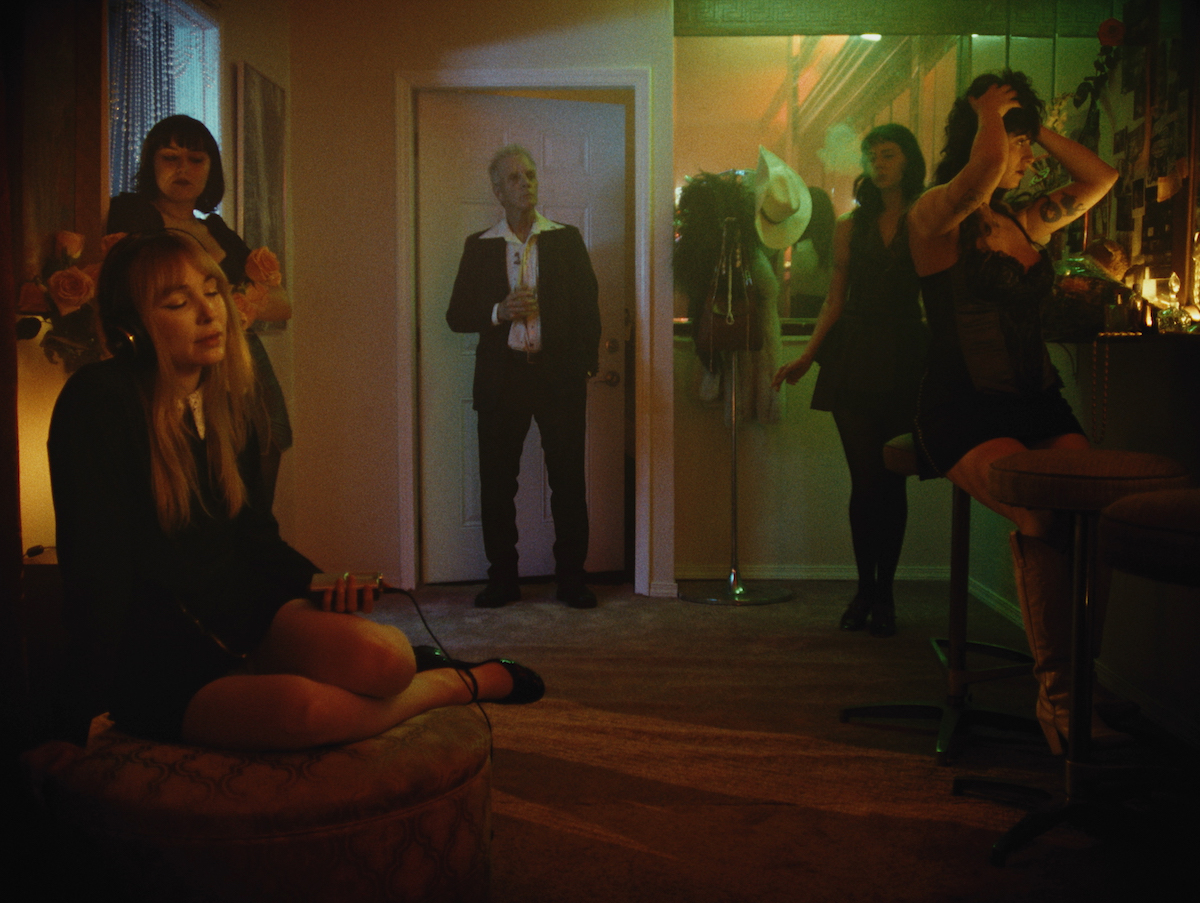 I’m curious how you all prefer to work creatively – by imparting a vision or giving a collaborator free rein?
I’m curious how you all prefer to work creatively – by imparting a vision or giving a collaborator free rein?
Hammond Jr: I think there’s a mixture of it. I’m not the one putting it together. You can impart ideas or feelings or thoughts or colors, but then they need to interpret it and come back to you. You trust them, and that’s when you make something bigger than you’d make alone. You’re using someone else’s creative abilities in something you’ve done creatively because you believe in how they’re going to portray you and the music.
Ricciardi: I immediately thought of some of the things Albert said the first time we met with him. We were discussing some big idea and he was like, I’m really excited. I feel like we’re going to creatively challenge each other. I love people who bring something to the table and are passionate about creating in general. I found that very inspiring because some of those experiences don’t come by you that often. I personally love when whoever we’re collaborating with meets us in the middle with feelings, thoughts, vague imagery, or a completely formed idea. Weirdly, this project was a mixture of both, because Albert was so trusting of what we wanted to bring to the table. We were able to envision an entire world for this character he wanted, and certain feelings some of the songs evoked. At one point, he was like, I want there to be a fight scene. I want to get beat up, but we don’t have to do that. Take it and run wild.
Weinberg: This was one of the most supportive environments. There was no walking on eggshells. It was child-like, open-minded, psychedelic, and special. We had fun bouncing out the crazy ideas and narrowing them down. Magic is in that meeting point between letting it happen and making it happen. The most important thing is to be adaptable to change. That’s what happened with “818”, where we had, like, 45 minutes to finish it.
Hammond Jr: I was so burned out by then. I was like, I’m sorry, guys, I gave you nothing. I didn’t realize the shot was so pretty. I could have given less! You were also like, do an air guitar solo. Maybe if someone else would have asked me, I would have said no or have been shy.
Ricciardi: I didn’t tell him until we were about to film it.
Hammond Jr: Everything looked so cool that it didn’t matter if I felt like an idiot. Who cares! It looks great.
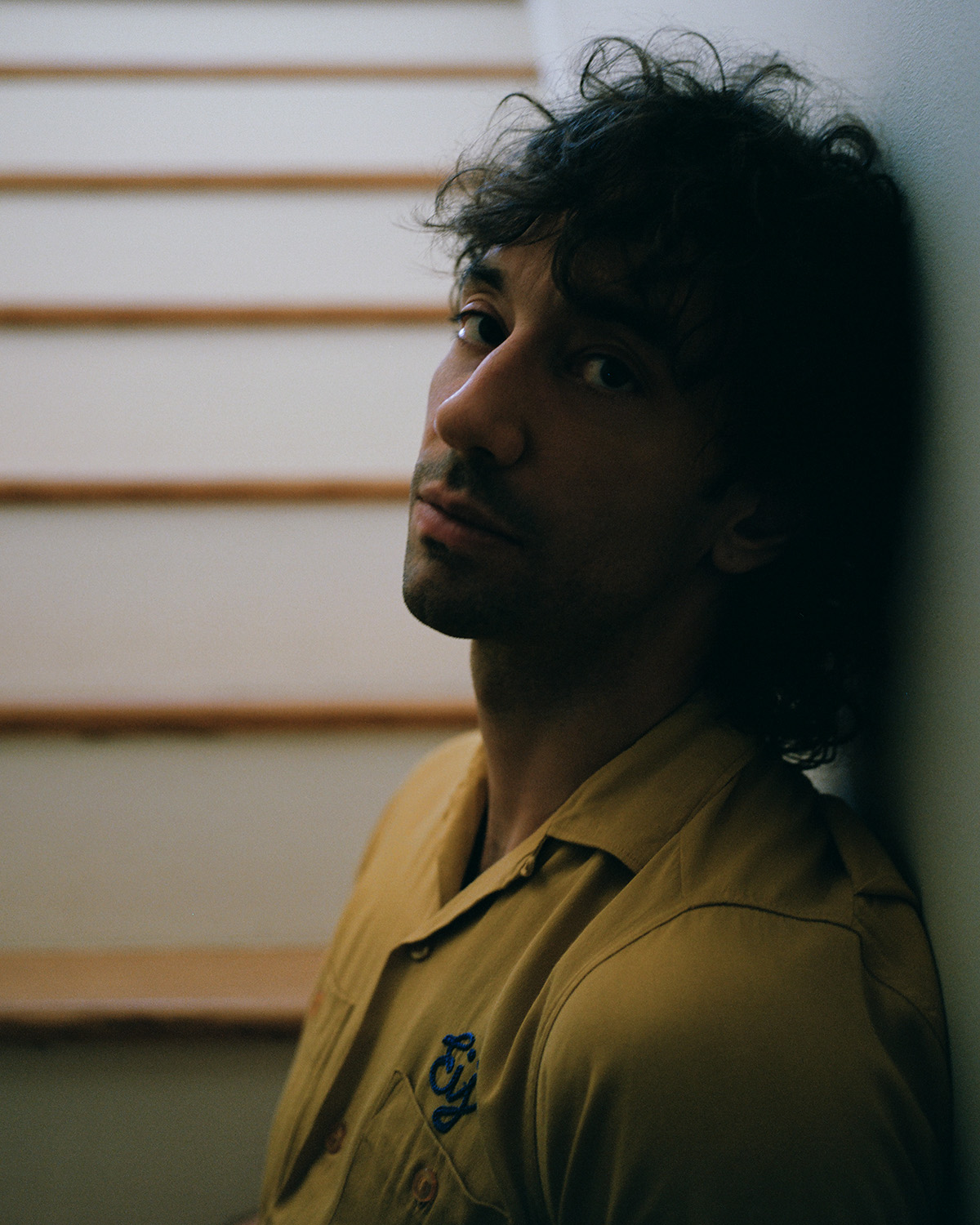 What should we know about the character portrayed in the videos, especially in terms of his connection to the new album?
What should we know about the character portrayed in the videos, especially in terms of his connection to the new album?
Hammond Jr: Silken was saying that this was almost like one long video since it was one story with five videos to get us there. Maybe that’s why it felt more cinematic. It didn’t tie in so much with the making of the music, but there was this idea of having this character named Downtown Fred, whose hero journey you’d see. He’s living this life in Vegas, where he was successful, but on the wrong side of the tracks. It wasn’t what he wanted. He played covers to the other side of the hotel. He has this whole life, but he wasn’t risking anything. There was this whole idea with that. When I said that, they put all these elements together of him. We were trying to make a movie, really – just with a shoestring budget (laughs).
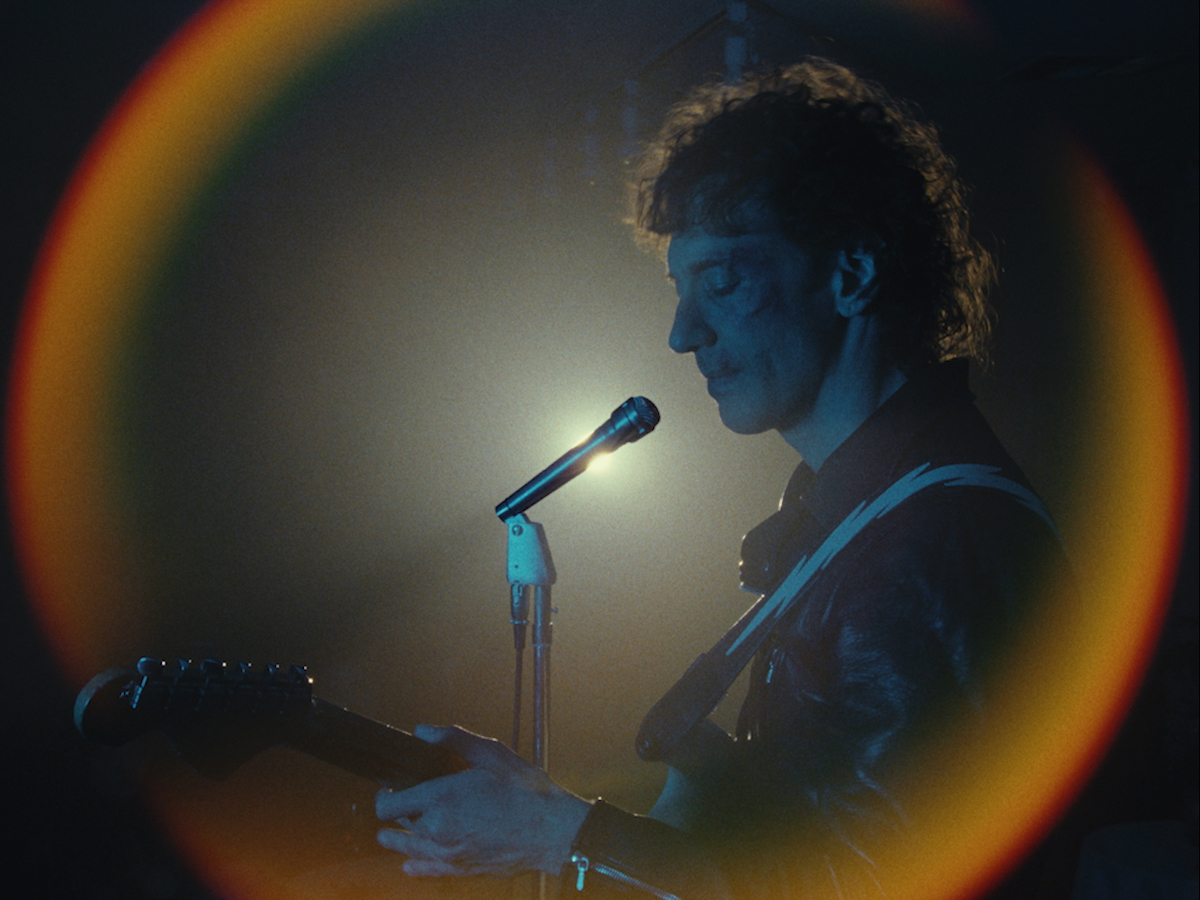 So based on that backstory, it is a bit like redemption when he’s performing on stage in “818”, even though he’s just gotten the shit kicked out of him.
So based on that backstory, it is a bit like redemption when he’s performing on stage in “818”, even though he’s just gotten the shit kicked out of him.
Hammond Jr: For sure, if you want to say “818” is him finally playing his original music, he’s facing the spotlight in a different way, and the fight beforehand is just a metaphorical one. We’re talking about stuff now that we didn’t talk about when we made the video. So many people thought I put my dad in the video at the end of “Old Man”. That is not my dad!
Weinberg: That was just the old man we cast.
Ricciardi: “818” was a happy accident. Visually, Silken and I talked about it looking like a post-knockout daydream, because it leaves the end of the narrative open to interpretation. Is he really performing up there in front of all these people? Did he finally make it to the stage at the end of this night where he was just supposed to go to work, but all this other chaos happened? Or, is he just imagining this in his knocked-out, unconscious brain?
Weinberg: Albert actually did get punched.
Hammond Jr: I did. If we’d had more time, I’d have done the whole fight sequence, but there was too much choreography. You can’t lean into it or move away from it because it will look fake. You have to get hit a little bit and then naturally move.
Ricciardi: It was complete improv with guidance from the choreographer. So much of it we couldn’t plan ahead of time. We didn’t even know what some of the props were, and on set, we realized we didn’t have breakaway ones. We had to make sure we didn’t break what was on the tables as Albert was getting thrown over them. We choreographed an entire poker game, which we had to learn in one night. Silken and I don’t play that often.
Hammond Jr: You did a whole performance of what you originally thought “818” was going to be. I was almost like, we should just shoot you doing that. You did one take. People were even clapping afterward.
Ricciardi: I was in my waitress outfit. I was like, I’m going to show you the choreography, and then you get two takes.
Weinberg: When that didn’t work, we just pointed the light straight into the lens, which we love to do.
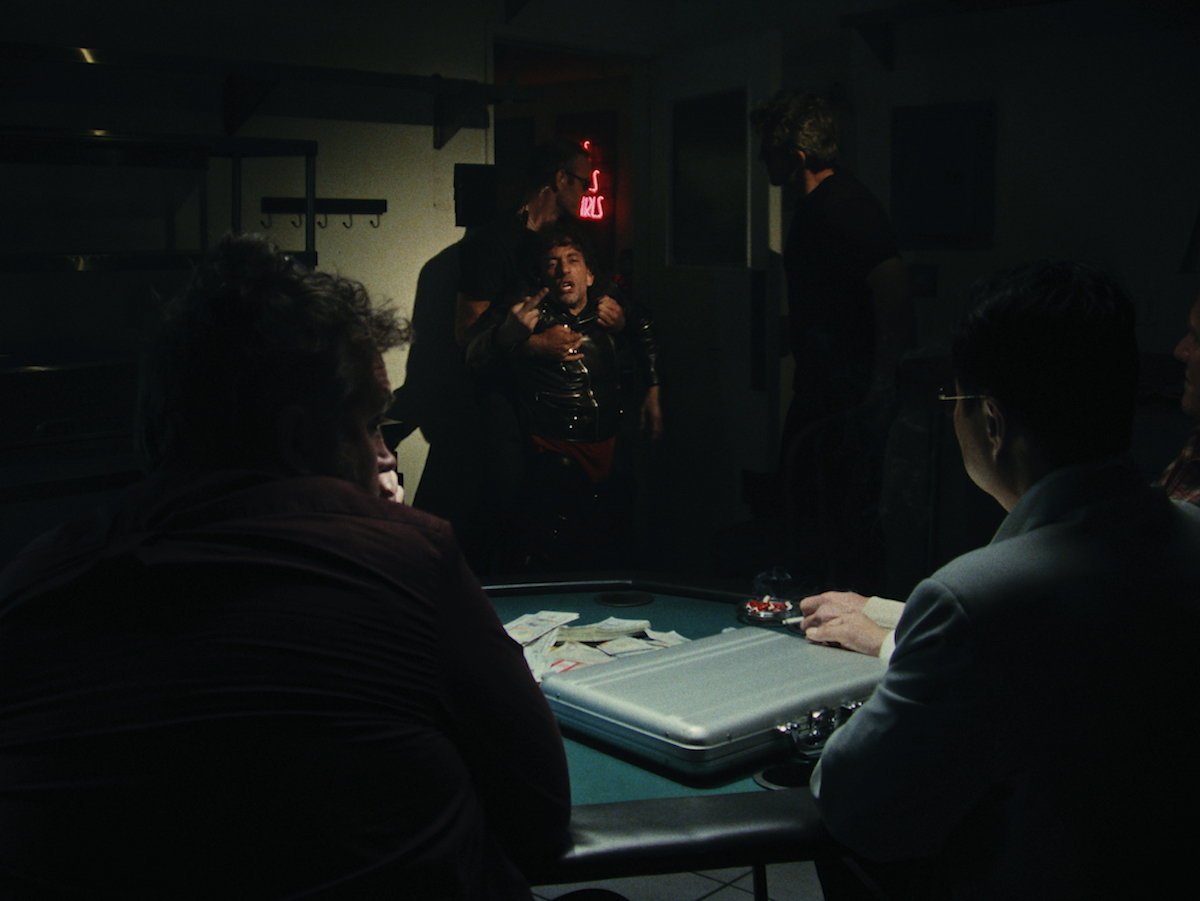 It seems like this was a pretty charmed experience for everyone involved.
It seems like this was a pretty charmed experience for everyone involved.
Hammond Jr: Angela and Silken came in 10 days before we shot, so this was all done at a speed that’s not normal. It’s not just the quick shoot. We didn’t know each other. Even when I was like, this is so cool and I can’t wait to do it, it kept getting better through revisions. Same thing when it was being edited. That’s how you see care from other people who are involved.
Ricciardi: God bless Manoli [Dispines], the editor.
Hammond: I sat next to him for two hours and nobody said anything!
Ricciardi: He was the boy reading the book at the bar.
And Albert now has a visual companion to the world he built on the new album.
Hammond Jr: That’s not lost on me. I’ve told them many times that it matches, to me, how I feel about the record. When we were done, I felt like we could do more.
Ricciardi: We’ll make a movie next.
Hammond Jr: It felt like we’ll do more stuff together. In what capacity, I have no idea. There was magic in those two days, and I can’t explain it. It was honestly the best experience I’ve ever had making that kind of art of combining video with music.
Melodies on Hiatus is out now via Red Bull Records, and Hammond Jr will play seven solo U.S. solo dates in support of it in September.
Watch the music videos, in order, below: